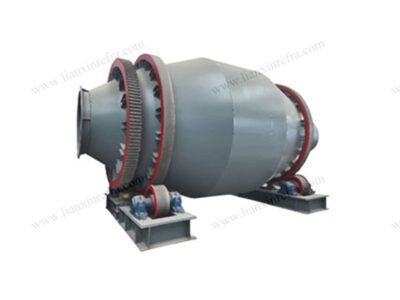Fire bricks, also known as refractory bricks, are specialized materials designed to withstand extreme temperatures, thermal shock, and chemical erosion. They play a critical role in a wide range of applications, from residential fireplaces and wood-fired ovens to industrial furnaces and kilns. Choosing the right fire bricks is essential to ensure safety, efficiency, and longevity of the structure or equipment they are used in. This guide will walk you through the key factors to consider when selecting fire bricks.
-
Understand the Application Requirements
The first step in choosing fire bricks is to clearly define the application.
Residential Fireplaces & Stoves: These applications typically involve temperatures up to 1,200°C and occasional thermal shock from rapid heating or cooling. Fire bricks here need good thermal insulation and moderate heat resistance.
Wood-Fired Ovens: Operating temperatures range from 300°C to 500°C for baking, and up to 800°C for pizza ovens. They require bricks with high heat retention to maintain consistent temperatures and resistance to food-related stains.

converter
Industrial Furnaces & Kilns: These can reach extremely high temperatures, often exceeding 1,500°C , and may be exposed to corrosive gases, molten metals, or abrasive materials. Industrial fire bricks need exceptional heat resistance, chemical stability, and mechanical strength.
-
Evaluate Key Material Properties
Fire bricks are made from various refractory materials, each with unique properties. Understanding these properties will help you match the brick to your needs:
2.1 Refractoriness
Refractoriness is the ability of a brick to withstand high temperatures without melting or deforming. It is measured by the Pyrometric Cone Equivalent , which indicates the temperature at which the brick softens under its own weight. For most residential applications, a PCE rating of 15-17 is sufficient. Industrial applications may require PCE ratings of 18 or higher.
2.2 Thermal Shock Resistance
Thermal shock resistance refers to the brick’s ability to withstand sudden changes in temperature without cracking. This is crucial for applications where heating and cooling cycles are frequent, such as fireplaces and ovens. Bricks with low thermal expansion coefficients (e.g., those made with chamotte or fire clay) tend to have better thermal shock resistance.
2.3 Density & Thermal Conductivity
Density and thermal conductivity are inversely related in fire bricks. Dense fire bricks (density > 2.0 g/cm³) have low thermal conductivity, making them excellent for heat insulation. They are ideal for lining the interior of fireplaces or ovens to prevent heat loss.



